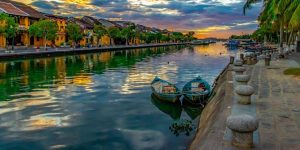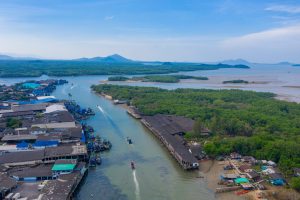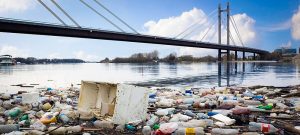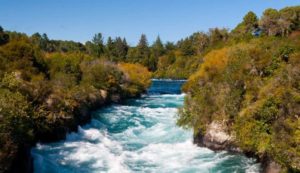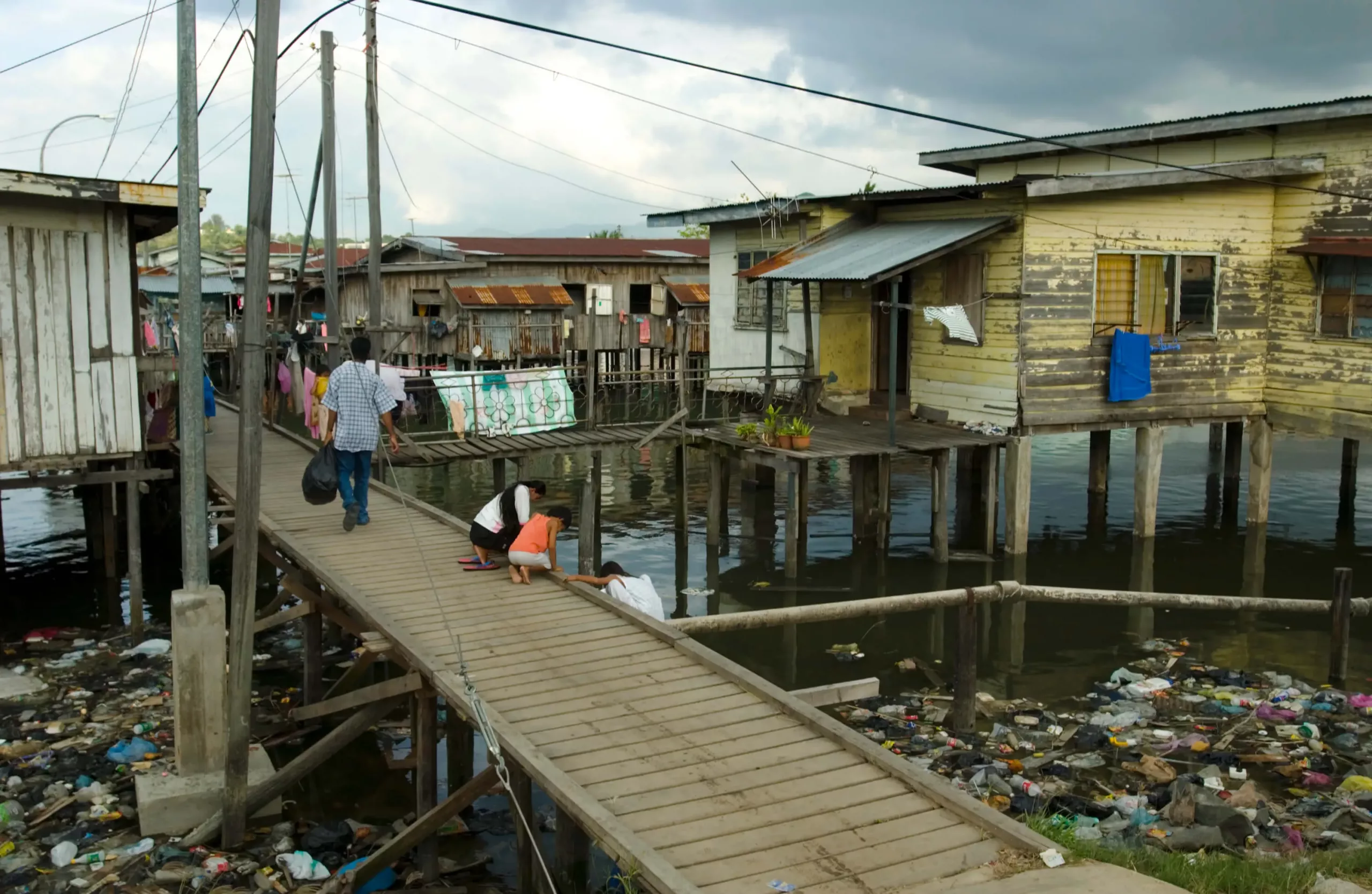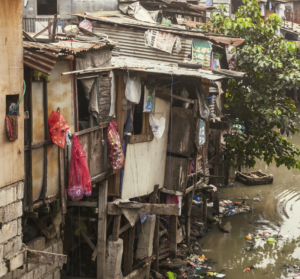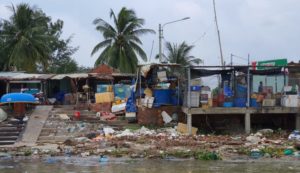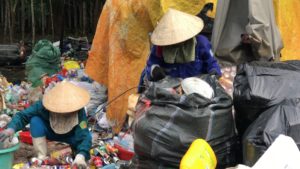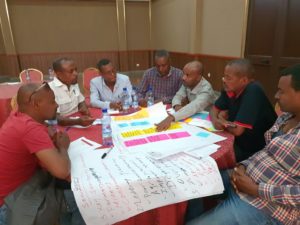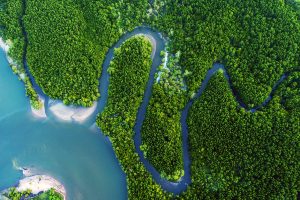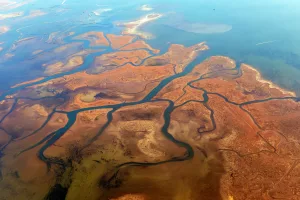heading
Building on experience from other recent source-to-sea projects, the Design and Accountability for Source-to-Sea Action on Plastic project promotes a holistic approach to addressing the problem of plastics polluting our waterways and oceans.
Current approaches to the problem of plastic pollution often focus on individual segments of a source-to- sea system or they are limited to single sectors. This makes them poorly suited to address all the root causes of plastic leakage to the natural environment, which means that while some parts of the system may benefit, others may suffer from negative consequences.
The Design and Accountability for Source-to-Sea Action on Plastic project is based on the fundamental principles of the source-to-sea framework for marine litter prevention and will apply this in two locations – Hawassa in Ethiopia and Hoi An in Vietnam. The project will engage government, business, academia, NGOs and the local community in developing a vision for zero plastic waste.
The Design and accountability for source-to-sea action on plastic project will build on the results from foundations for source-to-sea management. During this project, stakeholders built a shared understanding of the plastic pollution problem, which can now be used to identify gaps and bottlenecks in managing plastic waste and the actions needed to address them.
Background
The rapidly increasing use of plastics and their subsequent release into the environment demands urgent action on a massive scale to combat the fast-growing levels of plastic pollution worldwide. Versatility, low density, durability, and comparatively low cost all make plastics ideal materials for use in a wide range of manufacturing and packaging applications. Due to its practicality, plastics are rapidly becoming one of the most used materials in the manufacturing and packaging of goods.
Inadequate waste management on land, lack of awareness, reliance on single-use plastics, indifferent behaviour in the absence of adequate disposal systems – resulting in plastic being dumped or abandoned wherever it is convenient – all contribute to the uncontrolled release of plastics into the environment. When plastic waste is not properly managed on land, much of it enters waterways and is carried to the oceans, where it remains for long periods of time. Preventing this requires coordinated management across the source-to-sea system, circular production and consumption of plastic goods and changes in user behaviour on all levels.
The source-to-sea approach
The source-to-sea approach addresses the linkages between the source-to-sea segments of land, water, delta, estuary, coast, nearshore and ocean ecosystems. The strength of this approach is its focus on directing resources toward priorities that span traditional land-freshwater-marine boundaries, thereby unlocking access to new resources.
The source-to-sea approach is aimed at identifying appropriate courses of action to address alterations of key flows that connect the source-to-sea segments: water, biota, sediment, pollution, materials, and ecosystem services. This results in economic, social, and environmental benefits.
The approach begins with understanding the pressures and drivers that have led to alterations in the key flows. The combination of selecting an appropriate scale of intervention, engagement of stakeholders (both upstream and downstream) and a thorough understanding of the governance context sets the basis for defining a theory of change to guide planning and implementation. Monitoring and adaptive management round out the process and can be used to refine the theory of change and ensure continuous improvement toward long-term outcomes.
The source-to-sea framework for marine litter prevention
Building on a holistic view of how to tackle the problem of marine litter, the Source-to-Sea Framework for Marine Litter Prevention follows a six-step approach:
- Characterize the sources, types, behaviour and impacts of plastics in riverine and marine environments.
- Identify who is impacted by plastic pollution, both directly and indirectly, who contributes to plastic leakage and who can provide solutions.
- Diagnose how waste is managed /mismanaged and how the current governance framework is or is not preventing plastic from entering the riverine and marine environments.
- Describe the changes needed to prevent plastic leakage, e.g., governance, waste management services, infrastructure, behaviour change, design, production and use of plastic goods, etc.
- Develop interventions to prevent plastic leakage, at local to global scales and identify financing mechanisms for these interventions.
- Monitor the outcomes of the interventions, identify key uncertainties and gaps in knowledge that need to be addressed, disseminate learning globally and manage for progressive development.


